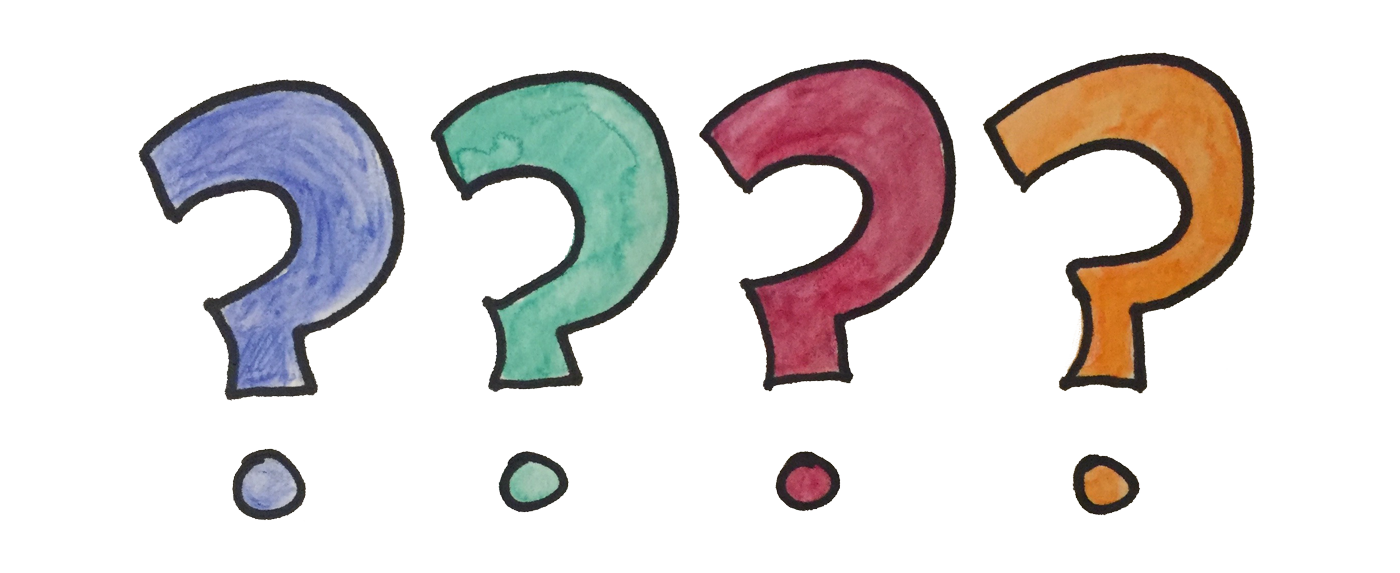7th Field Experience Blog, EGL 441 Samantha Summers
Discussions and Questioning in the Classroom
Reflecting back on my observation experiences, I have witnessed both optimal and less-than-optimal class discussion situations. In one not-so-optimal class discussion scenario, the teacher was asking the students to verbally recap events that took place in the novel that they were reading—Mudbound by Hillary Jordan. The teacher went about this very methodically, and was prompting the students to essentially list the events in sequential order instead of asking the students to dig deeper and analyze the significance of these events. The students seemed largely uninterested in this discussion, and the teacher had a hard time coaxing students to volunteer to participate in the verbal recapping. In this situation, the discussion strictly fit a Teacher/Question-Student/Answer dynamic, and the students were not encouraged to further drive the discussion with their own innovative thoughts and ideas because the teacher just wanted them to restate what they had read. On the other hand, I also observed a very rich discussion in a different class. In this situation, the students arranged their desks into a circle. The teacher brought up possible topics for the discussion, including current events. Ultimately, the students themselves selected the topic they wanted to discuss. One student eagerly volunteered to begin the discussion by sharing their thoughts on the gun law issue in the U.S. (this class had taken place not long after the Parkland tragedy). Other students showed interest in this topic as well, and soon mostly everyone was engaged in a rich discussion. In this situation, the students were primarily talking to each other, instead of just regurgitating information to the teacher. Although this discussion was primarily student-guided, the teacher moderated the discussion and maintained order by reminding students to raise their hands before speaking as to not talk over their peers. The teacher also would intervene from time to time to ask the students questions that fostered even deeper critical thinking about the topic. Therefore, the students remained on-task and continued to expand on their ideas. This discussion served as a means to catalyze the students' thinking about current events in preparation for a speech that they would be making in front of the class at a future date.
Here is a helpful video that demonstrates strategies for starting and maintaining student-led classroom discussion:
One fear that I have regarding the Art of the Question is that I will, one day in my future teaching career, intend to ask a question that reaches the higher levels of Bloom's Taxonomy but that the question will somehow fall flat and I will not receive the rich, innovative answers that I was hoping to get from the students. In Chapter 9 of Making the Journey, Christenbury and Lindblom encourage teachers to ask further questions if students are not giving extensive answers to deep questions. For example, if a student gives a one-word answer to a "big" question, a teacher could utilize "follow-up questions" such as "Why do you think that?" or "Could you give us an example that illustrates that?" (Christenbury & Lindblom 352). This idea of utilizing follow-up questions seems like a great way to prompt students to dig deeper with their critical thinking. Additionally, I also am concerned about how to approach a classroom discussion in a class that includes introverts. However, in the same chapter, Christenbury & Lindblom suggest that teachers provide scaffolding for these students by having them practice discussions in small-group settings to get them to feel more comfortable with voicing their thoughts before initiating a full-class discussion (Christenbury & Lindblom 352). Another concern I have involves students leading a discussion through their own inquisitiveness, such as the discussion on current events that I discussed earlier. I would like to not only work on my own questioning skills, but also help students with their own questioning skills that they can use to keep a rich discussion going. In the Jim Burke reading "What's the Big Idea?," Burke provides a handout that allows students to practice generating different types of questioning, such as factual, inductive (interpretive questions), and analytical questions (which connect a text to other texts or other ideas) (Burke 13). This handout seems like great practice for students to be able to actively generate thought-provoking questions about a particular topic and then to facilitate a rich class discussion based on their thoughts on these questions.


Comments
Post a Comment